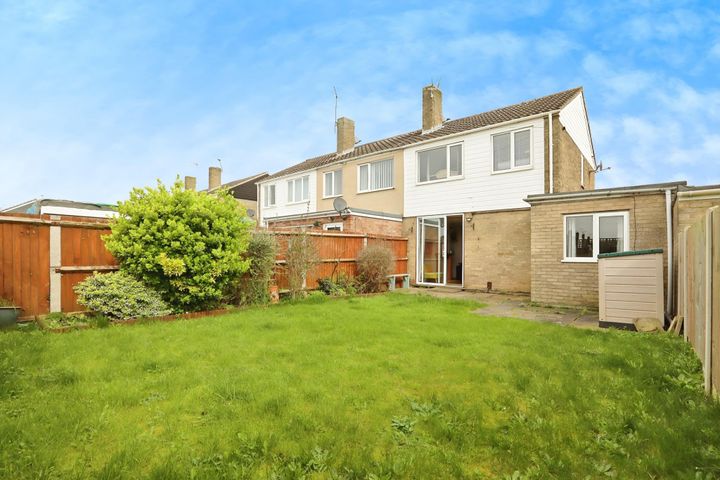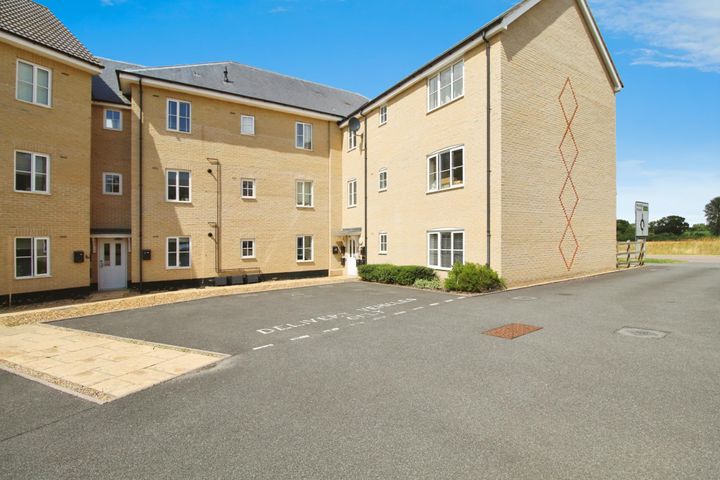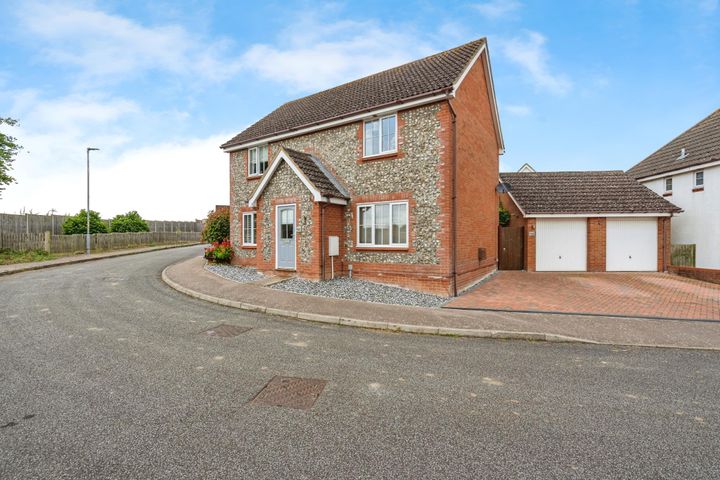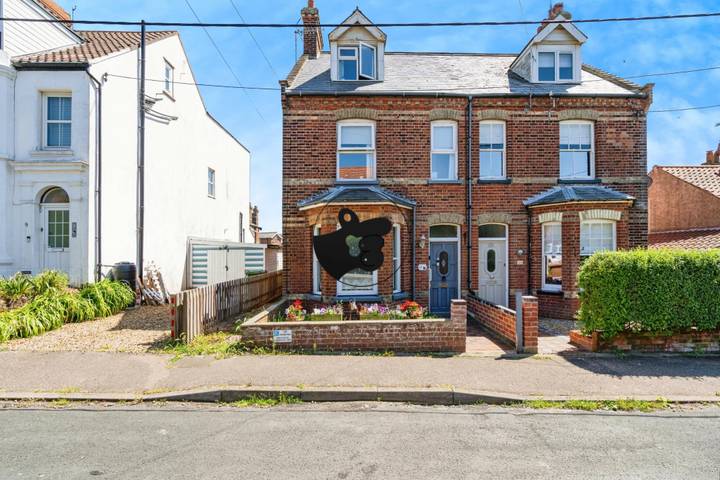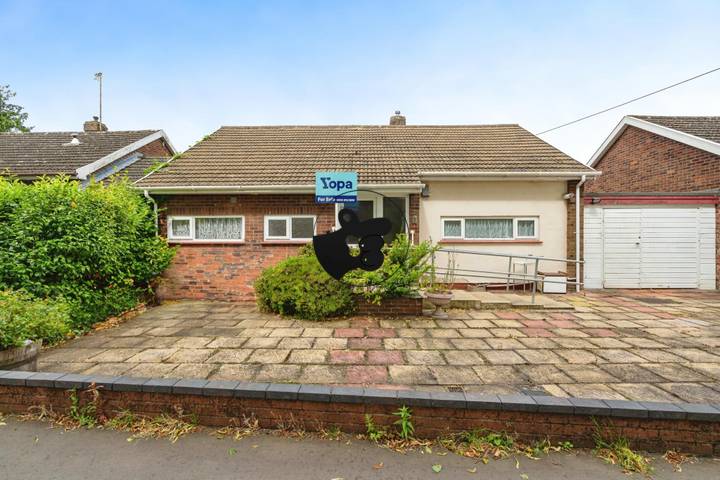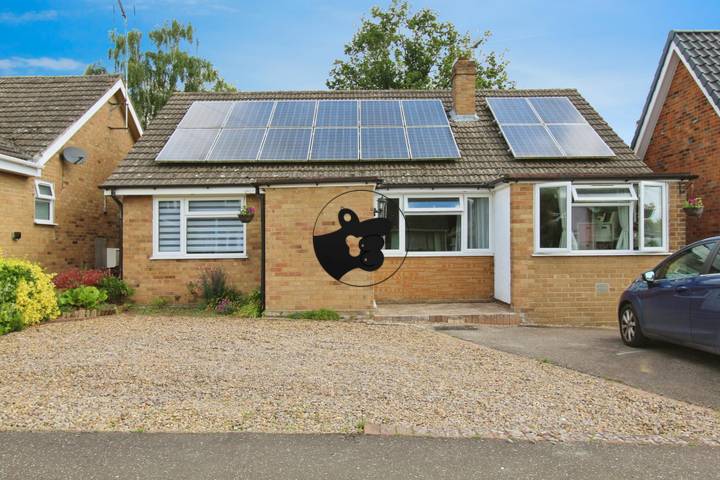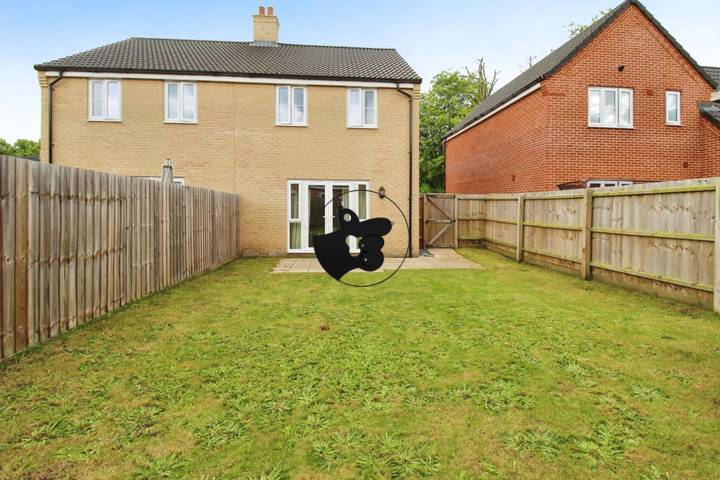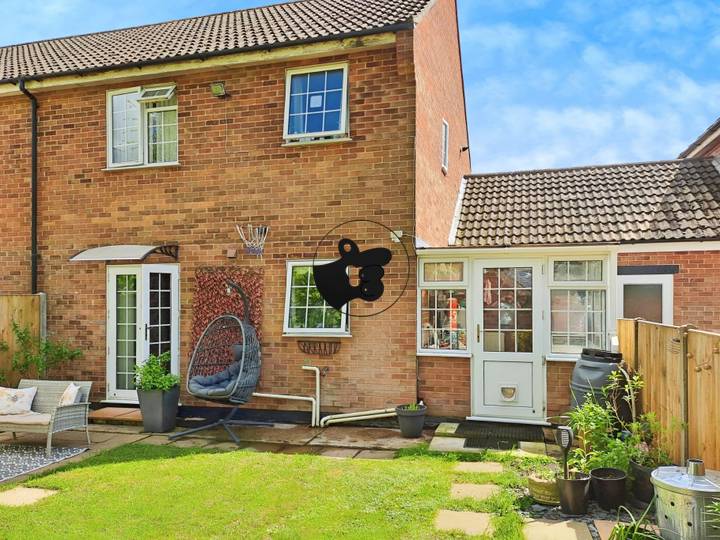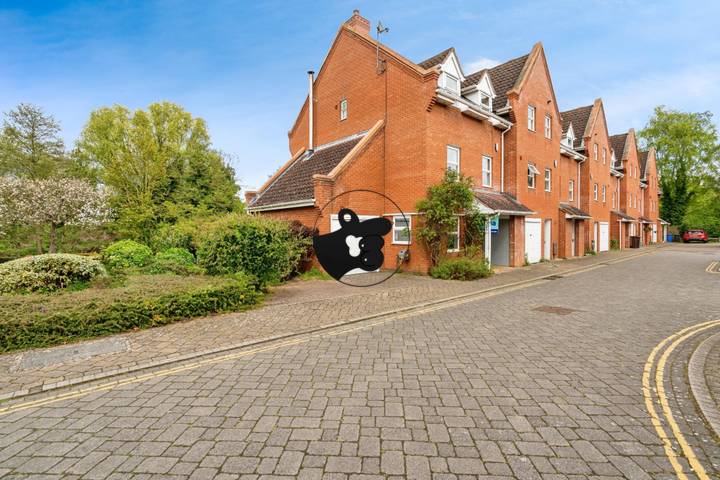Real estate prices in Norwich are influenced by several key factors, including location, local amenities, and economic conditions. Areas close to the city center, like Eaton and Thorpe St Andrew, typically command higher prices due to their accessibility and proximity to shops, restaurants, and cultural attractions. Furthermore, the presence of good schools, healthcare facilities, and parks can boost demand, making communities with these features more desirable. Infrastructure developments, such as the expansion of the Norwich railway station or the enhancements to the A47, can also have a significant impact on property values by improving commute times and linking the city to larger markets. Additionally, the economic context, including job opportunities and wage levels in sectors such as education and healthcare, plays a crucial role as stable employment prospects can lead to increased demand for housing. Finally, the overall housing supply, particularly new developments or conversions of unused buildings, can affect the market dynamics, impacting prices either positively or negatively depending on the balance of supply and demand.
Norwich
Location
Price Range
Any price
Price Range
Minimum
No min
Maximum
No max
Property type
Show all
Property type
Show all
House
Apartment
Building
Other
Bedrooms
Any beds
Bedrooms
Minimum
No min
Maximum
No max
Surface Range
Any surface
Surface Range
Minimum
No min
Maximum
No max
Sale type
For sale
Sale type
Show all
To rent
For sale
Location
Apartments and houses for sale in Norwich
9 results
Recent
Norwich insights
| Aspect | Summary |
|---|---|
| Population | 141,300 |
| Average Property Price | £250,000 |
| Rental Yield | 4.5% |
| Average Rent | £1,125 |
| Occupancy Rate | 95% |
| Capital Growth Rate | 3.2% annually |
| Property Tax | 1.5% of property price |
| Transaction Costs | 3% of property price |
| Expected ROI | 7.5% |
| Economic Growth Impact | Moderate, driven by local industries and education |
Norwich FAQ
What factors affect real estate prices in Norwich?
How have real estate prices in Norwich changed over the last year?
Over the past year, real estate prices in Norwich have shown a notable trend characterized by a mix of increases and stabilizations. According to recent data, the average house price in Norwich has risen by approximately 8% since early 2022, reflecting the broader trend seen across many UK cities. For instance, properties in popular districts such as Thorpe St Andrew and Eaton have seen particularly sharp increases, with some two-bedroom homes reaching upwards of £250,000, compared to around £230,000 the previous year. In contrast, in areas like Lakenham, while values have still appreciated, the pace of growth has slowed, resulting in more stable prices. The rental market also mirrored this trend, with average rents increasing by 5% due to high demand and limited supply, particularly for family homes and flats close to the city center. Despite broader economic uncertainties, Norwich continues to attract buyers, partly due to its appealing mix of urban and rural living, further influencing property values.
What is the average price of homes in Norwich?
As of late 2023, the average price of homes in Norwich varies significantly depending on the area and type of property. On average, you might expect to pay around £250,000 for a typical residential property in the city. However, prices can be much higher in desirable neighborhoods; for instance, homes in the historic areas near the city center may exceed £300,000, with some larger Victorian or Edwardian properties reaching above £500,000. In contrast, properties in suburbs or less central areas could be more affordable, with prices dropping to around £200,000 or even lower for smaller, more modest homes or flats. The market has also seen fluctuations with new developments, especially near the university or along the riverside, where modern apartments can be priced from £200,000 to over £350,000.
Are real estate prices in Norwich higher than in nearby cities?
Real estate prices in Norwich exhibit a competitive stance compared to nearby cities like Ipswich and* Cambridge. In recent years, average property prices in Norwich have fluctuated, with recent figures indicating a median house price around £250,000. In contrast, Ipswich typically sees lower prices, with averages hovering closer to £220,000. Cambridge, however, remains significantly higher; with average prices exceeding £400,000 due to its status as a tech and education hub. The relative affordability of Norwich has been attracting buyers from London seeking more space at a lower cost. Moreover, while city center homes might draw higher premiums, suburban areas like Thorpe St Andrew and Hellesdon present a mix of prices that can sometimes rival those found in smaller surrounding towns. Additionally, factors such as local amenities, transport links, and the overall demand for housing continue to influence property values in the region.
What types of properties tend to have higher prices in Norwich?
In Norwich, properties that tend to command higher prices are often those located in desirable neighborhoods such as Eaton and Thorpe St Andrew, known for their good schools and green spaces. Victorian and Edwardian terraced houses in the city center can also fetch premium prices due to their period features and proximity to amenities. Additionally, modern flats in converted warehouses or new developments along the River Wensum often appeal to young professionals, contributing to higher property values. Family-sized homes with gardens in suburban areas like Cringleford and Hellesdon are particularly sought after, often leading to increased demand and prices. Properties with unique architectural characteristics, such as those in the historic city center or near iconic landmarks like the Norwich Cathedral, also attract higher price tags due to their charm and historical significance.
How does the local economy influence real estate prices in Norwich?
The local economy in Norwich plays a significant role in shaping real estate prices, primarily through employment rates and the types of industries present in the area. For instance, Norwich has a diverse economy with strengths in sectors like finance, education, and healthcare, supported by institutions such as the University of East Anglia and substantial NHS facilities. As these sectors grow and create job opportunities, demand for housing increases, driving up prices. Furthermore, the city's historical charm and cultural attractions, including its cathedral and vibrant arts scene, attract both residents and investors, which can put upward pressure on the market. Additionally, higher disposable income among residents can result in increased competition for homes, further inflating real estate values. The impact of local tourism, bolstered by attractions like the Norwich Lanes, also contributes to the real estate landscape, as properties in desirable locations are often in higher demand.
What is the predicted trend for real estate prices in Norwich in the next few years?
Real estate prices in Norwich are expected to experience steady growth over the next few years, driven by factors such as increased demand for housing, population growth, and ongoing urban development. The city has seen a surge in interest from young professionals and families, partly due to its relatively affordable property prices compared to London and other major cities. For instance, average house prices in Norwich rose by around 6% in the past year, a trend that reflects the city's appeal, especially in desirable areas like the Golden Triangle and Thorpe St. Andrew. Developments such as the ongoing regeneration of the city center and improvements in public transport links are projected to enhance livability and attractiveness for buyers. Additionally, the expansion of local amenities and services, including schools and recreational facilities, is likely to further bolster demand as more people seek to settle in the area.


